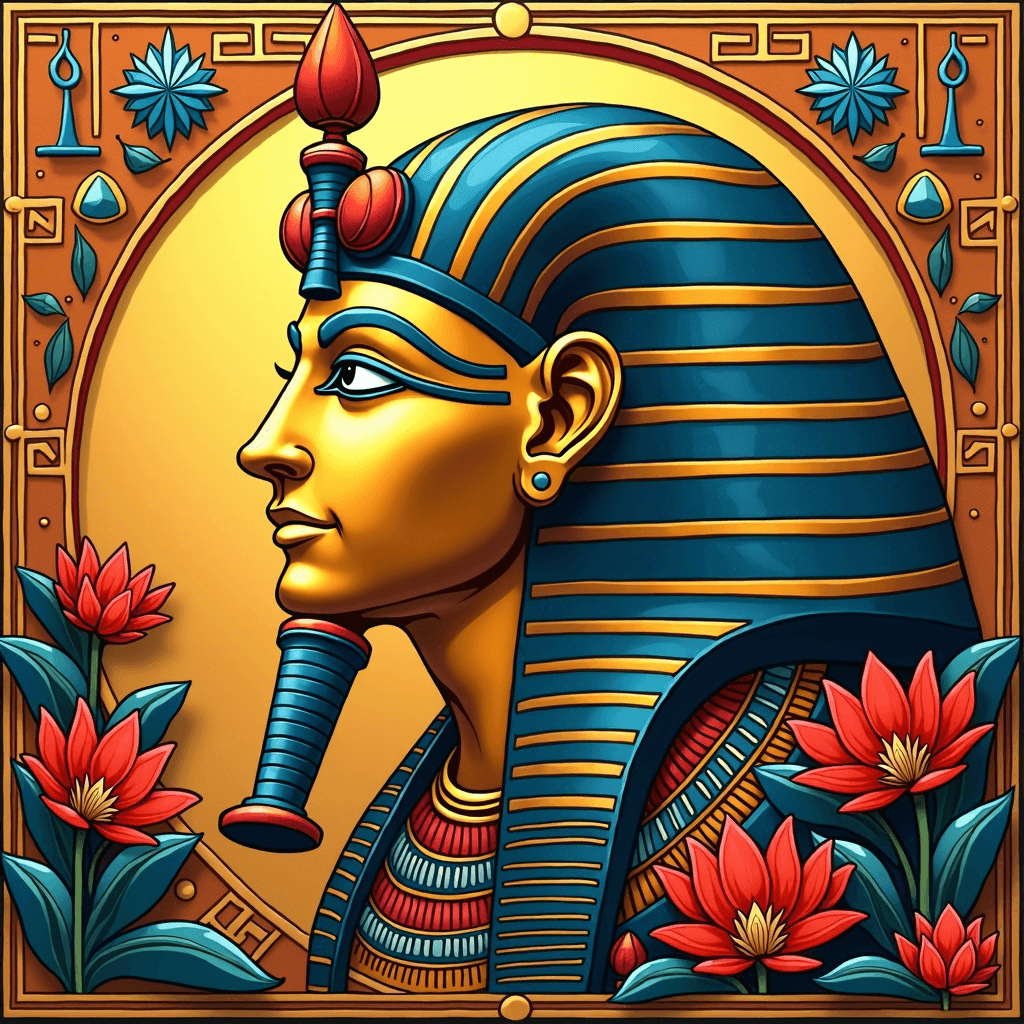
Egyptian Hieroglyphics
Ancient Egyptian art style featuring symbolic hieroglyphic writing and stylized figures, often depicting gods, pharaohs, and daily life with a focus on eternity and the afterlife.
Overview
Origin
Ancient Egypt
Historical Period
3100 BCE–30 BCE
Cultural Significance
Egyptian hieroglyphics were both a writing system and an art form, used in tombs, temples, and monuments to record history and ensure eternal life for the deceased.

Historical Timeline
3200 BCE
First hieroglyphic writing appears
2700-2200 BCE
Old Kingdom period, standardization of hieroglyphs
1822 CE
Decipherment by Jean-François Champollion
Techniques
Carving and painting on stone and papyrus
Stylized figures with side profiles and symbolic proportions
Use of bright colors like gold, blue, and red
Integration of hieroglyphic symbols with narrative scenes
Cultural Context
Egyptian hieroglyphics were both a writing system and an art form, used in tombs, temples, and monuments to record history and ensure eternal life for the deceased.
Did You Know?
Hieroglyphs were not just writing but also art, often painted in bright colors on tomb walls to ensure the deceased's journey to the afterlife.